Introducing Claudine Chan-Cobankiat, Managing Director of Kichitora of Tokyo a 3 location restaurant chain as well as Qrius a small retail chain in the Philippines.
 1. You are in both, restaurants and retail – can you tell us a bit more about them?
1. You are in both, restaurants and retail – can you tell us a bit more about them? 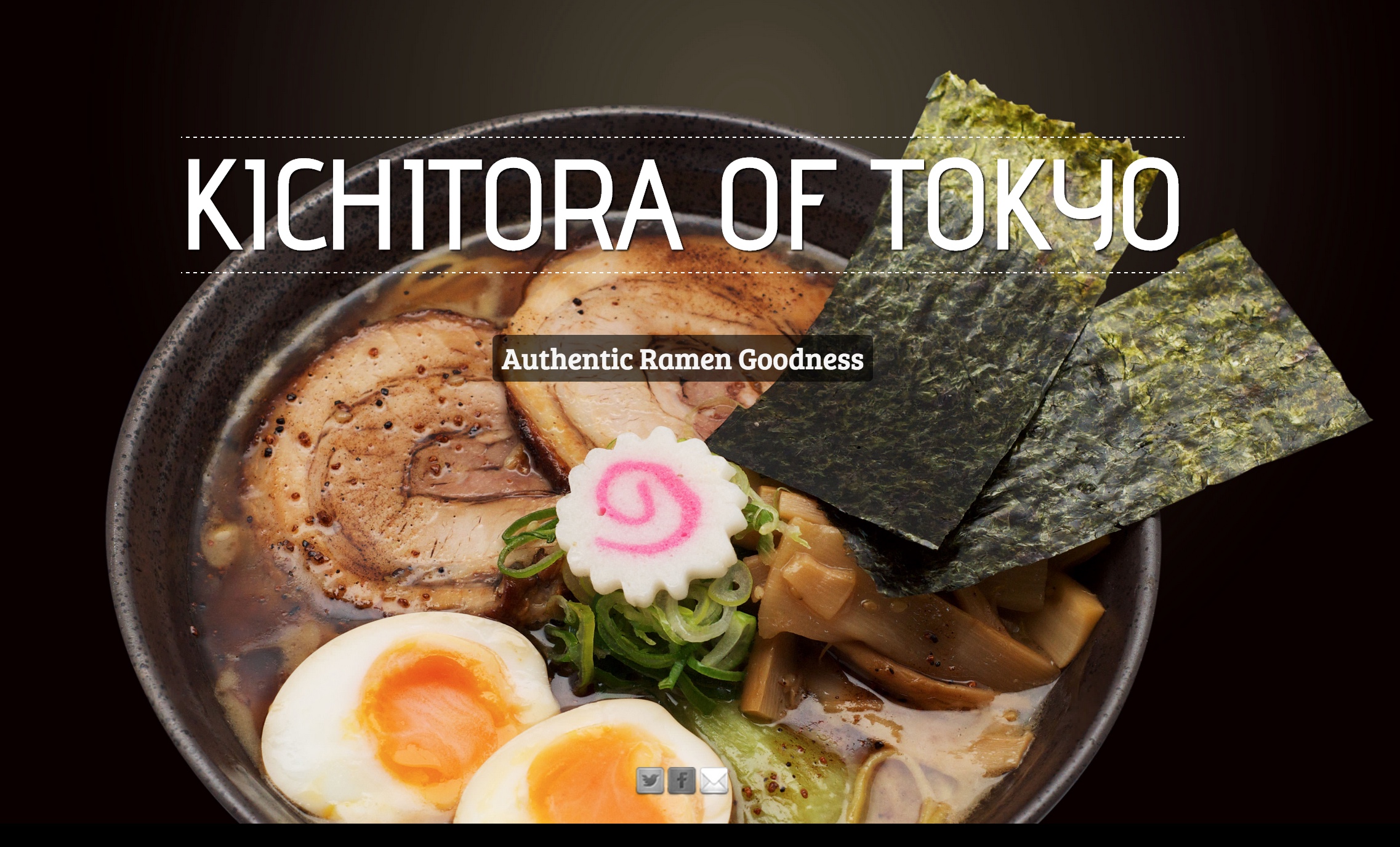

Introducing Claudine Chan-Cobankiat, Managing Director of Kichitora of Tokyo a 3 location restaurant chain as well as Qrius a small retail chain in the Philippines.
 1. You are in both, restaurants and retail – can you tell us a bit more about them?
1. You are in both, restaurants and retail – can you tell us a bit more about them? 

“National Heroes Day is a national public holiday in the Philippines to honor the country’s heroes (unspecified) and is held on the last Monday of August[3] to mark the anniversary of the Cry of Pugad Lawin, the beginning of the Philippine Revolution by the Katipunan and its Supremo Andrés Bonifacio in 1896.”*wikipedia
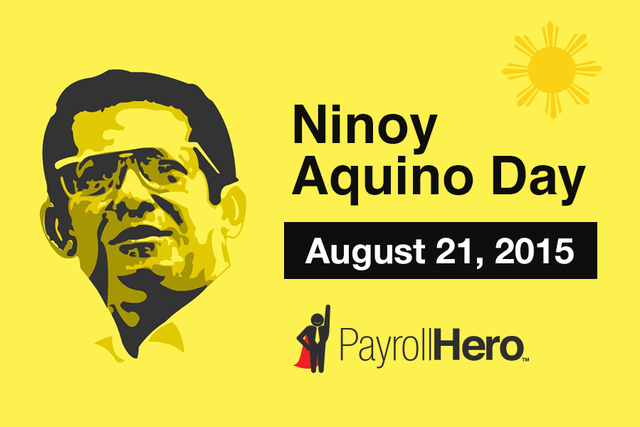
“Ninoy Aquino Day is a national non-working holiday in the Philippines observed annually on August 21, commemorating the assassination of former Senator Benigno “Ninoy” Aquino, Jr. He was the husband of Corazon Aquino, who was later to become Philippine President; they are treated as two of the heroes of democracy in the country. His assassination led to the downfall of Ferdinand Marcos on February 25, 1986, through the People Power Revolution. In 2004, the commemoration ceremony for the holiday was held and events were attended by President Gloria Macapagal-Arroyo and Fidel V. Ramos.” *wikipedia
Introducing Joey Qua, CEO, Collezione-c2.com with 25 branches nationwide and a growing restaurant business.
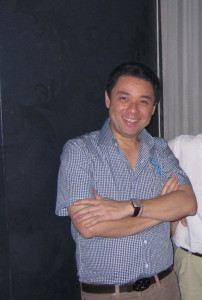 1. Can you tell us more about your background in retail?
1. Can you tell us more about your background in retail?
We started Collezione C2 15 years ago with one branch in Festival Mall Alabang. Collezione C2 is a second generation brand that I started back in 2000 after coming back from my studies and work in the U.S.
The original Collezione (C1) was established by my father 43 years ago (est. 1972) when he saw the need to develop a local label (of polo shirts) in order fulfil the needs of the Philippine market that had a severe shortage in supply of quality clothing during that time due to heightened import and travel restrictions because of Martial Law.
Today, Collezione C2 has grown to 25 branches nationwide. It exists side by side with the mother brand Collezione (C1) which is the more classic and conservative label, designed to cater to a more mature set of customers and sold in department stores only – while on the other hand, Collezione C2 which is the more hip and modern label, caters to the younger segment of the market and is sold only in free standing stores in the different malls around the country.
 2. Your clothes are pretty famous, even the President wears them, how did that come about?
2. Your clothes are pretty famous, even the President wears them, how did that come about?
Collezione C2’s design DNA is based on three tenets: Fashion, Arts and Nationalism….. and because we were able to create a very unique and iconic polo shirt with the Philippine map design back in 2008, a lot of Filipinos embraced the design concept and felt a deep sense of patriotism and love of country along with it. Being the President of the Philippines, President Noynoy shares the same deep love and patriotism for our nation just like our brand, and he decided to start wearing our shirts during less formal occasions. And of course, we are very happy, honored and grateful to him for doing so – he shares the same passion for love of country as we do.
3. How many retail stores do you have?
Collezione C2 currently has 25 free standing stores in the different malls nationwide.
 4. How do you decide on a location? (mall, street level, etc)
4. How do you decide on a location? (mall, street level, etc)
As many retail experts would say: Location, Location, Location is the key to the success of a store….. Which I strongly believe in – unfortunately, there is so much competition in today’s retail landscape that a retailer will just have to make do with what is available and make certain compromises and adjustments in order to make the store location work – even if it is far from being in a prime location. We have a team in our organization that scouts the area of the given space at different times of the day and of the week, and we also study the different retail brands beside and across from the location being offered to us, we make our own internal calculations if the foot traffic and retail sales from the different stores around the site reconciles. And if the numbers look good and promising, then we sign on the dotted line with our retail partners, which are the mall operators. At the end of the day, we want to establish a ‘win-win’ formula between us retailers and the mall operators because at the end of the day, our success is their success as well, and vice versa.
5. At what point did the number of locations change how the business is run?
For us, after 12 to 15 branches, we had to seriously consider re-organizing the company and adding more departments to address the growth of the business. For one, we had to switch our POS system at the frontend and the software systems at the backend to accommodate a bigger volume of sales and inventory. Moreover, we also had to upgrade our people in terms of job experience, skill-set quality, and manpower requirements. We simply outgrew the system at our 12thto 15th branch.
 6. What was the tipping point for you?
6. What was the tipping point for you?
When you reach a certain sales volume, and your backend is not equipped to handle it, then disorganization and inefficiency will surface in your day-to-day operations and chaos will likely ensue – so before that even happens, you should have the foresight to have your backend ready to address the rise in demand of the business.
7. What does the ASEAN integration mean for your business?
2 things, opportunity and competition – you just have to step up to the plate and take your business to the next level or you will end up irrelevant if you do not innovate fast enough to meet the demands of a more intense competitive environment.
8. What are the benefits of operating in the Philippines? downsides?
For one, we are experiencing a growth in the economy and population…. there is a growing middle-class which means disposable income is on the rise, which gives retailers the opportunity to serve deeper pockets. The downside is that the barriers to entry for the retail sector is being lifted at an accelerated pace right now – there are just so many retail brands out there, whether global or regional, that have been aggressively coming here and expanding in our shores which make the local brands like us have to deal with a plethora of competition for both market share and retail space.
9. You are involved in restaurants now, how did that come about?
It’s always good to spread your investments or business interests in different sectors or industries, especially now that the competition is getting stiffer and stiffer in retail…… diversifying and spreading the risk is more like it.
9. What is different from the restaurant business to the retail business in the Philippines?
I believe it’s somewhat the same….. both businesses involve people management, products and services. But of course the differences will be in the creative concept and business model.
10. Do you think about locations differently for restaurants?
We go about it the same way, it’s just that the criteria that we set is different for clothing retail than for the restaurant business. If it meets certain criteria then we proceed with the build.
11. What is next for you in your retail/restaurant businesses?
For clothing retail, we are more discerning and selective with our expansion plans since we are at 25 stores already, for the restaurant business, we are much more aggressive because we have a few stores open and a couple in the pipeline and we feel that there is more room for growth in this sector.
Introducing Carlo Buenaflor, the CEO of Bigg’s, Inc. Carlo operates 15 restaurants in the Bicol area of the Philippines and is the honorary consul of Spain in the Bicol Region of the Philippines.
We took a moment to chat with Carlo about operating his restaurants in a province of the Philippines and where he sees his brand going next.
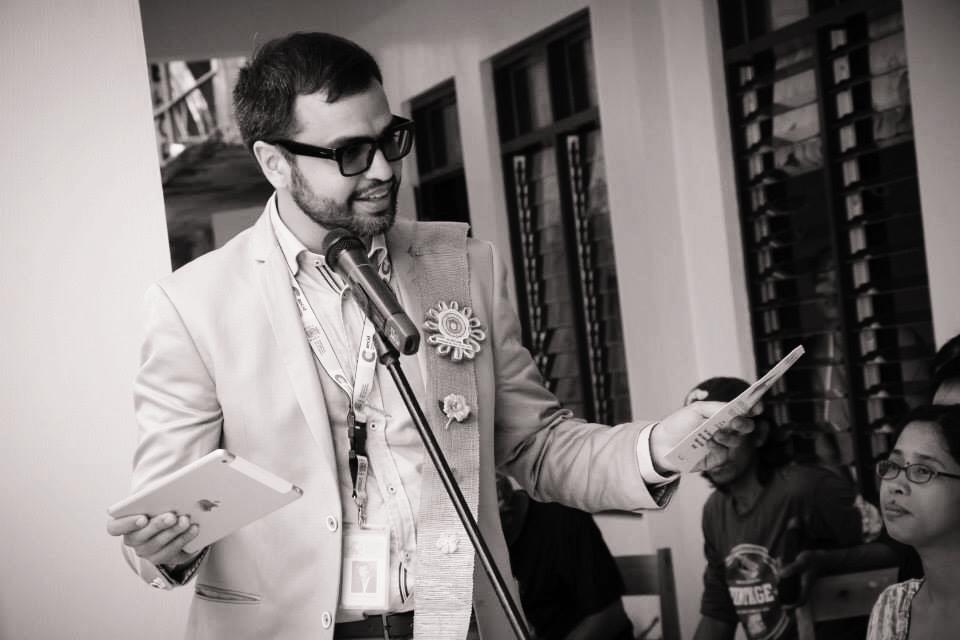 1. You are the CEO of Bigg’s and ¿Que Pasa? – can you tell me a bit more about each brand?
1. You are the CEO of Bigg’s and ¿Que Pasa? – can you tell me a bit more about each brand?
Yes, we have 14 Bigg’s Diner in different locations throughout Southern Luzon and a new brand called ¿Que Pasa? with 1 outlet located in Naga City. Bigg’s Diner is a 31 year old brand that serves fried chicken, burgers and several dishes of Filipino and American comfort food. ¿Que Pasa? serves Bicolano Colonial Cuisine which is a mix of Bicolano and Spanish flavors. Although it’s only a few months old, it is already creating waves in social media because of its fresh take on barbecue.
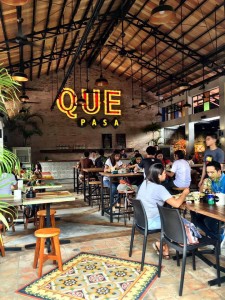 2. ¿Que Pasa? – sounds exciting, can you tell us a bit more about how the brand came about, what you did to understand your communities needs, etc?
2. ¿Que Pasa? – sounds exciting, can you tell us a bit more about how the brand came about, what you did to understand your communities needs, etc?
We realized that the millennial market is constantly looking for something new where they have control over their dining experience. At ¿Que Pasa?, they can choose their meat, sidings and rice options and be in a dining environment that celebrates colonial art and history. The location of ¿Que Pasa? is in a historical district of Naga where a well preserved century old archway is part of the restaurant architecture. ¿Que Pasa? has made Spanish cuisine accessible to the millennial market and has made it cool.
3. You operate your restaurants in a province of the Philippines (not a large city), what challenges come with that?
The challenges with operating multiple stores in the province are logistical and operations support. Our furthest store from our commissary is 10 hours away. There are a lot opportunities in the province because big brands normally neglect it which leaves a vacuum. Visiting and monitoring store operations in this kind of set up is tough.
4. What technology do you use in your businesses?
We have POS systems installed in all our stores but unfortunately they are not linked to our head office yet. We don’t have any loyalty system in place yet but it is a big consideration as we move forward.
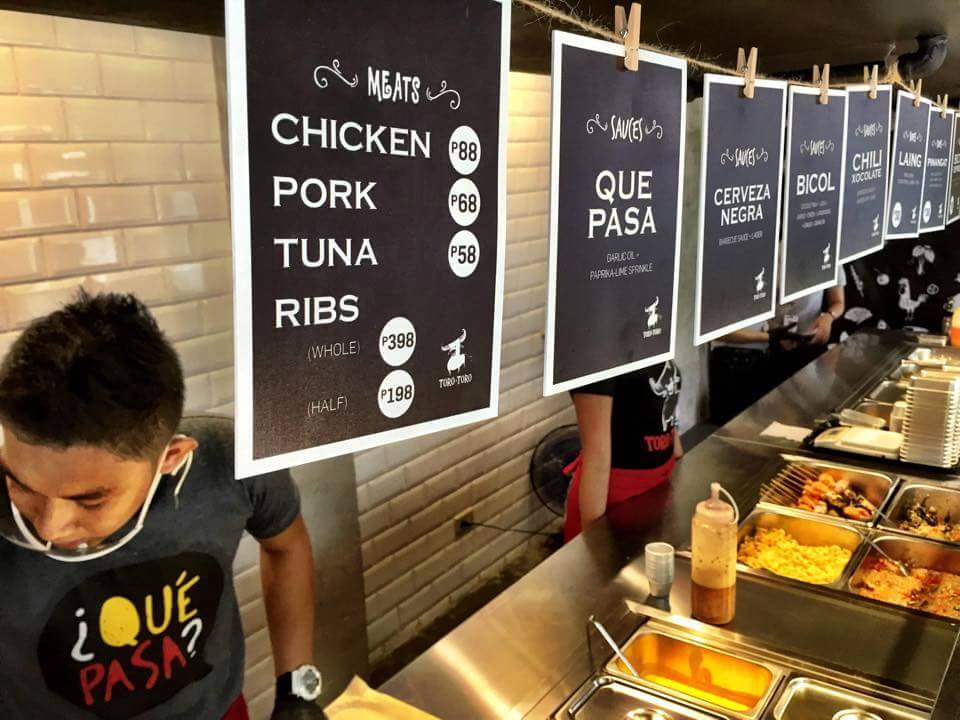 5. How do you decide on a location? (mall? street level? stand alone business?)
5. How do you decide on a location? (mall? street level? stand alone business?)
There is no rule of thumb for locations. This process remains to be the most challenging as we decide to grow. Malls don’t assure the business success they once gave. The market is constantly shifting and we have to be ahead of that. The cost to build a store is very expensive so we can’t afford poorly chosen sites. The best indicator for successful locations is the presence of our industry peers.
6. At what point did the number of locations change how the business is run? I have been told, 1 or 2 locations is ok, but 3+ requires a different management approach, systems, procedures, etc. What was the tipping point for you?
Absolutely, I think anyone can run a successful 1 restaurant operation. 2 may be stretching it without a solid system and support groups in place. 3 would definitely be the tipping point. A different structure, mindset and management approach is certainly needed for a multiple outlet set up. Product, service quality and consistency become very challenging at this point. Only a few restaurant chains succeed beyond this critical point.
7. What is next for Biggs and Que Pasa?
Growth. We would like to see ¿Que Pasa? in every city in the Philippines.
8. anything else to add?
As a brand grows, the common mistake of an entrepreneur is that they get too engrossed with fixing the system and playing catch up with the growing demands of a growing business that they lose sight of the future of the business which should be their primary responsibility. Entrepreneurs should invest in good systems ahead of the growth curve of their business. A smart investment in a good inventory, distribution, accounting and payroll system will go a long way and save you a lot of money and time.
Today, I had a chance to take part in the Manila Food and Beverages Expo (MAFBEX) at the World Trade Center. Now on it’s 9th year, I must say that MAFBEX still doesn’t disappoint as one of the most sought after gatherings of the newcomers and pillars of the foodservice and hospitality industry. Whether you’re a company looking to showcase your products, a business owner looking to source out some decent supplies, or just a curious individual wanting to check out the latest trends…this is absolutely an event worth checking out!

For the purpose of this blog post, I have handpicked some of the brands (and items) that were of interest to me:
Malagos Chocolate ~ Did you know that 70% of the cacao beans produced in the Philippines are grown in the Davao region? Well, these guys should know as their cacao beans are produced in the foothills of Mt. Talomo in Davao, Philippines.
Malagos Agri-Ventures Corporation have ventured into the cacao business since 2003. Aside from their cool booth design, I really enjoyed my quick chat with Rex as well since he made an effort to give me some cool information about cacao and how to best enjoy their product.
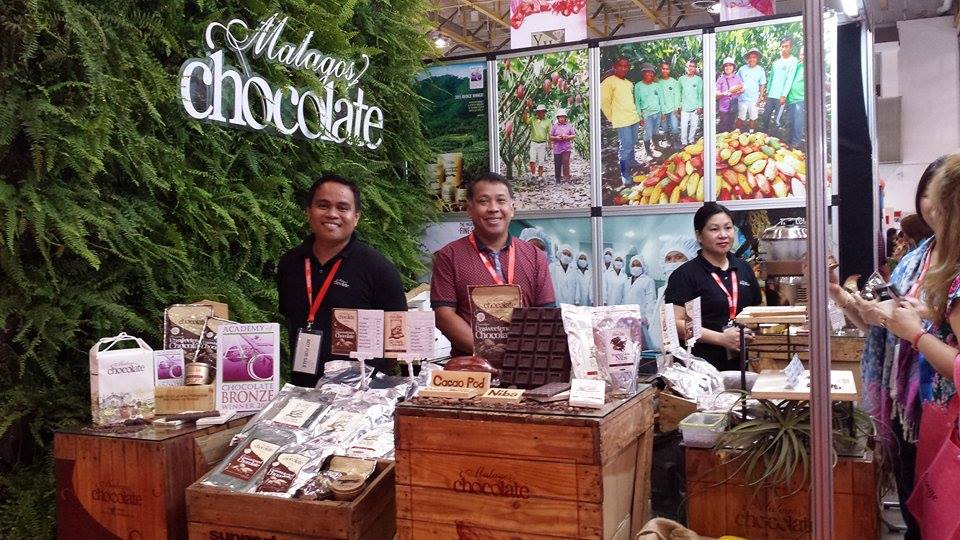
Shakey’s…on Wheels! ~ A clever strategy from Shakey’s by parking the bus inside the World Trade Center. Literally. Definitely a scene stealer!

McDonald’s ~ One of the most well-known brands in the country and the world. One thing that I like about McDonald’s (aside from their food, obviously) is that they are always making sure that their presence is felt. Whether in events or different advocacies, they never stop.
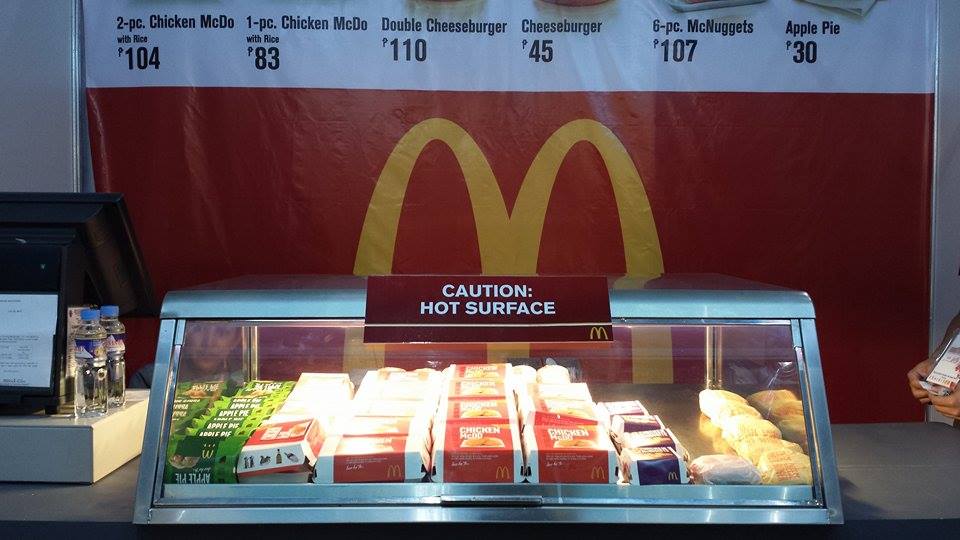
 Coffee brands ~ Really happy that I got to see some coffee brands present at MAFBEX! And guess what? They’re all franchise-ready! I had a trip to Bangkok recently and there were coffee kiosks in almost every street that I went to. Amazing! That would be a perfect dream.
Coffee brands ~ Really happy that I got to see some coffee brands present at MAFBEX! And guess what? They’re all franchise-ready! I had a trip to Bangkok recently and there were coffee kiosks in almost every street that I went to. Amazing! That would be a perfect dream.
There’s no doubt that the coffee culture in the Philippines has been improving, but I believe that there’s still some room for coffee kiosks and other players to come in.
One of those brands is Farron Cafe. They actually have 80 branches nationwide and growing! I watched the baristas make the drinks and their techniques for mixing the drinks are easy to learn. Not only that, they have a wide range of drinks and their prices are affordable too. Check out their cute mascot!
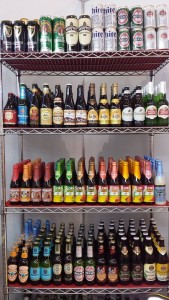 Baking supplies ~ There were several booths selling cake decorating tools, packaging materials, stencils, etc. But, I just had to take a photo of the materials below because they were really huge.
Baking supplies ~ There were several booths selling cake decorating tools, packaging materials, stencils, etc. But, I just had to take a photo of the materials below because they were really huge.
Booze On-line Inc. ~ Now, who doesn’t love some fine, imported beers? online!
Empanada de Norte ~ A popular snack in the Ilocos region. Authentic, savory, and tasty…this definitely hits the spot!
Overall, it was a great experience for me and met lots of great people. If you’re interested to attend MAFBEX, the event will run until this Sunday, July 26th, so make sure to catch it this weekend while you can.
Nikko Huelgas is the captain of the Philippine National Triathlon Team, chairman of POC Athletes Commission, and a columnist for Manila Bulletin’s Sports Digest. He recently won a gold medal for the Philippines during the 28th SEA Games which was held in Singapore. We interviewed this Filipino athletic superstar to find out where he loves to eat (SPOILER: he loves pizzas while also being a super fit athlete. How awesome is that?!)
What do you love about living in the Philippines?
I love the people here. They are very optimistic, accommodating and family oriented.
What are your top 5 favourite restaurants and why?
More than their service, they have unique and seriously delicious food. Not to mention value for money.
You seem to travel a lot, what restaurant/s do you miss and would like to see in the Philippines?
Some hole in the wall authentic street food from all cultures especially Malaysia, Thailand, Hong Kong and Taiwan.
What is your favourite Philippine restaurant brand that should expand overseas?
Describe your most memorable dining experience
Omakase – Everything we ordered was really good. Started from their famous Spicy Tuna Salad. Healthy and delicious. Then, my favorite, the Mt. Fuji roll. It just melts in your mouth.
If you were to open a restaurant, what kind would it be and why?
Italian. I’m in love with pizza.
For whatever reason, some days would require a little extra comfort – what is your favourite comfort food?
Pizza, burgers and cheesecake. Always.
The tiny red dot, as Singapore is often called, is an interesting testing ground for restaurant technology. Singapore is famous for its awesome food. From hawker stalls to gourmet dining, the restaurant scene in Singapore is vibrant and diverse.
At PayrollHero, a huge part of being ridiculously client focused is in understanding what our clients need and use on a regular basis. What do Singaporean restaurants do for point of sale systems, for reservations, for creating menus or for scheduling shifts for their employees? There are a ton of apps out there that are especially designed for this industry. We looked at some apps that piqued our interest.
Reserving Tables: Chope
Asia’s answer to OpenTable and SeatMe: Chope helps diners reserve tables at restaurants in Singapore, Shanghai, Beijing, Bangkok and Hong Kong, free of cost. Restaurants can manage reservations through Chope. The company is expanding and adding new restaurants to its list every week.
Point of Sales Systems: PCS
Prima Computer Systems tackles the problem of inefficient POS systems. The cloud based solution makes it easier for a multi-location restaurant franchises to integrate POS systems. The app allows you to create and change menus in iPads, therefore reducing manpower costs. Considering the labour crunch in the F&B industry in Singapore, this helps restaurants focus their employees towards providing better service.
Digital Wallets
Singapore was one of the first countries in Southeast Asia to adopt digital wallets, back in 2012. Many restaurants have adopted mobile payment options. In terms of consumer readiness, Singapore comes second only to the Philippines at 17%. It beats all other countries for electronic payments at 42%. Local and international banks are a part of this movement towards mobile payments. OCBC’s Pay Anyone, DBS’s PayLah! and Standard Chartered Bank’s Dash are all useful options that restaurateurs should look at to integrate their POS systems with.
An interesting thing to note for restaurants and for businesses that are building easier payment methods is that the demographics on who is using mobile payments is revealing of whom the target market should be. Unsurprisingly, millennials lead the move towards mobile payments. More importantly, data shows that men are twice as likely to adopt the new technology compared to women. CEO of Harbourtouch (company that did the survey on the demographics of mobile and electronic payments), Jared Isaacman, said that there is a void when it comes to mobile payment in restaurants. Retail stores use this technology far more frequently, which indicates a potential opportunity in the F&B industry.
Loyalty Apps: Perx
Perx says that customers spend 7 times more using Perx than without. Loyalty apps remove the hassle of printing loyalty cards and trying to measure how effective the cards are. Perx offers a CRM solutions and a platform for businesses. Restaurant owners have access to how effective the loyalty app is in increasing revenue.
Inventory Management: TradeGecko
TradeGecko is racing through Asia. The Enterprise Resource Planning software is integrated with Xero, Quickbooks and Shopify among other companies. It offers analytics reports on inventory and stock. From the perspective of the F&B industry, TradeGecko helps a chef or a restaurant keep tabs on supplies. All this is done using the cloud, which simplifies the entire process for a restaurant chain.
There are two similarities that link all these apps together:
Our research into Southeast Asia led us to an interesting observation. A single restaurant franchise owner may operate across multiple countries. Apps like these are useful for the kind of owner that needs to keep tabs on all his outlets, across different countries. It helps the restaurant owner that currently owns one café and is looking for a way to open 25 more within two years.
We also noticed that in Southeast Asia, consumption trends suggest that fast food chains are going to excel in the next five years. For example, the compounded annual growth rate (CAGR) for fast food chains in the Philippines is 8.1% between 2013 and 2017. The potential that this poses for cloud based solutions is both exciting and massive.
Over the last few weeks, we have been looking deeply into the F&B industry. We focused on the Philippines and Singapore, with the idea of comparing and contrasting a nascent economy versus a mature one to figure out the potential that this region poses. We also compared what kind of employee compensation and benefits are provided by these countries with the perspective of figuring out what our client – a restaurant owner – is most concerned about.
While the data supported some assumptions or destroyed preconceived notions, we found out that there was more to this research than just raw data. We spoke to restaurant owners on the ground to listen to their stories and build a clearer picture.
Finally, we compiled all of it into a nice little package that we call the PayrollHero Knowledge Kit. It provides snippets into our research with statistics on the F&B industry in Singapore and the Philippines. We are super excited about sharing it with you because we want to know how it helps startups that are catering to the F&B industry. We also want to hear about the insight that you have gained from working in this part of the world.
The pictures below link you to the PH and SG Knowledge Kits. Open it, browse through it and shoot us with questions. We want to know what you think.
We have a new feature on the PayrollHero app!
Our Devs (developers) are constantly working towards improving functionality of the app. To that end, we have a new feature to enhance a human resource manager’s tools. It’s a simple addition to the app that allows the HR manager or payroll administrator to:
The feature sits in the Employees tab and under the Rollcall Days section. You can see the list of days that the employee has clocked in, their IP address, GPS coordinates linking to Google maps and the device that they used: TeamClock or #MyClock. If there are any issues with clocking in with a particular device, the HR admin can point out what specific device the problem arose from. This information can also be used as Business Intelligence to make decision on staffing and installing the best devices in your outlets.
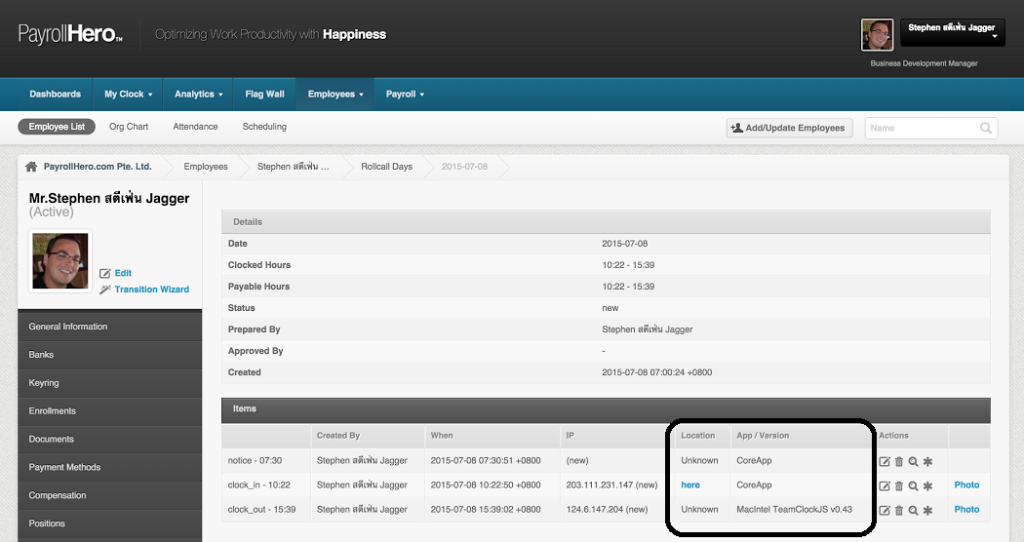

The feature is already live for all PayrollHero users!
We recently spoke to Rob Nixon about his software business: Panalitix. It is a software as a service that provides accounting data from small businesses to accountants around the world.
Panalitix has an exciting event coming up that accountants should definitely catch. They are hosting their 8th Annual Proactive Accountants Conference between 12th and 16th of July. The conference will be in Bali, Indonesia. Accountants will get a chance to meet their colleagues, hear some great speakers and attend networking events (and of course, spend time in BALI!).
Jack Daly, will be the keynote speaker. Among other speakers, the conference will feature Keith Abraham, creator of Living with Passion, Daniel Priestley from the program Key Person of Influence, Tamara Trentain, digital marketing expert and Karen Abramson – CEO Wolters Kluwer Tax & Accounting.
Make sure to catch the conference in Bali! 375 accountants have already signed up for the event here.
To know more about outsourcing in the Philippines, you can read our blogposts featuring BPOs like VKW Inc, the Outsourced Accountant and Wint & Kidd. You can check out our executive interview section for all our interviews. You can also read our blog post on doing business in the Philippines, if you are looking for more information about BPOs in the country.
https://www.youtube.com/watch?v=UkFNyLDBzH0